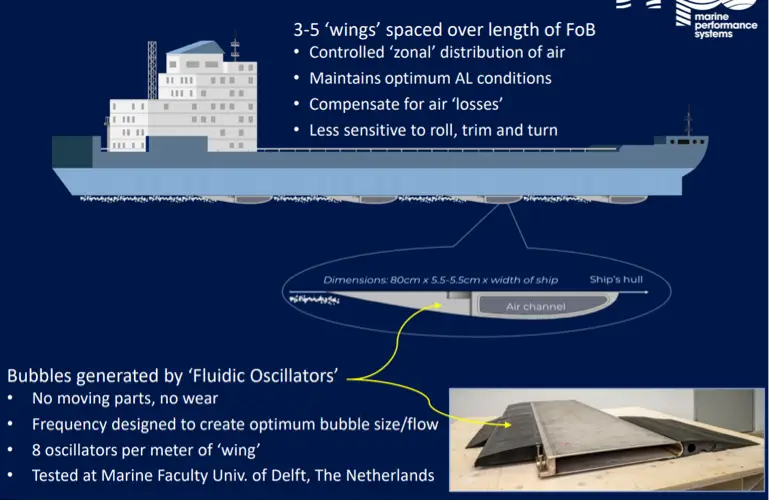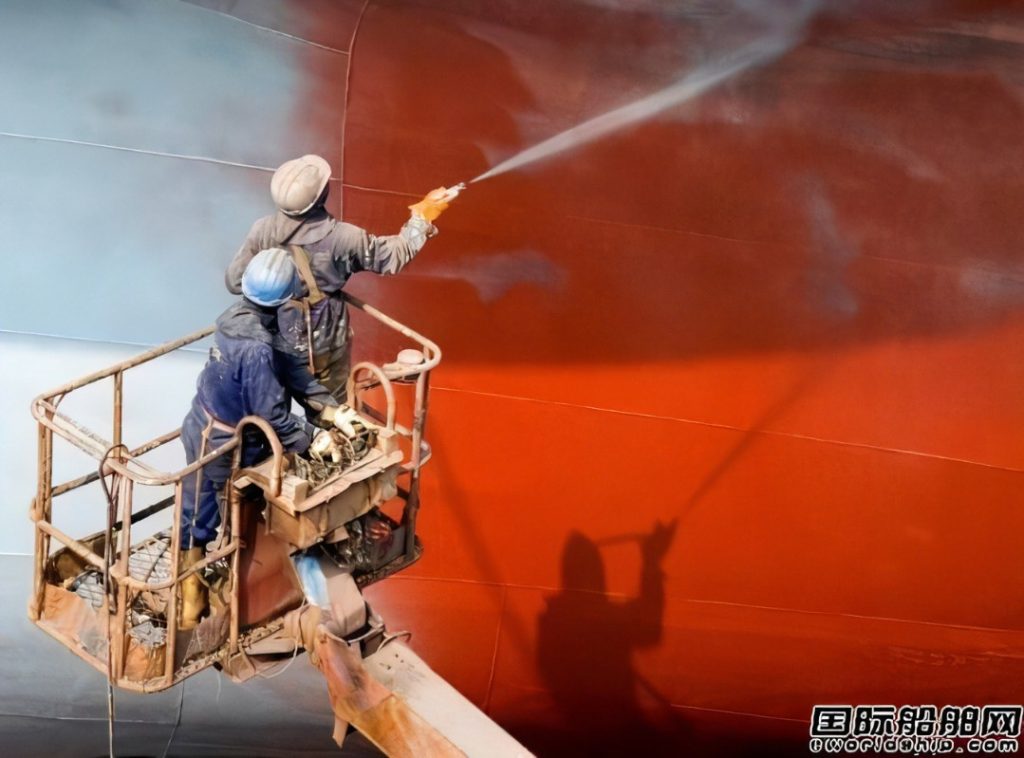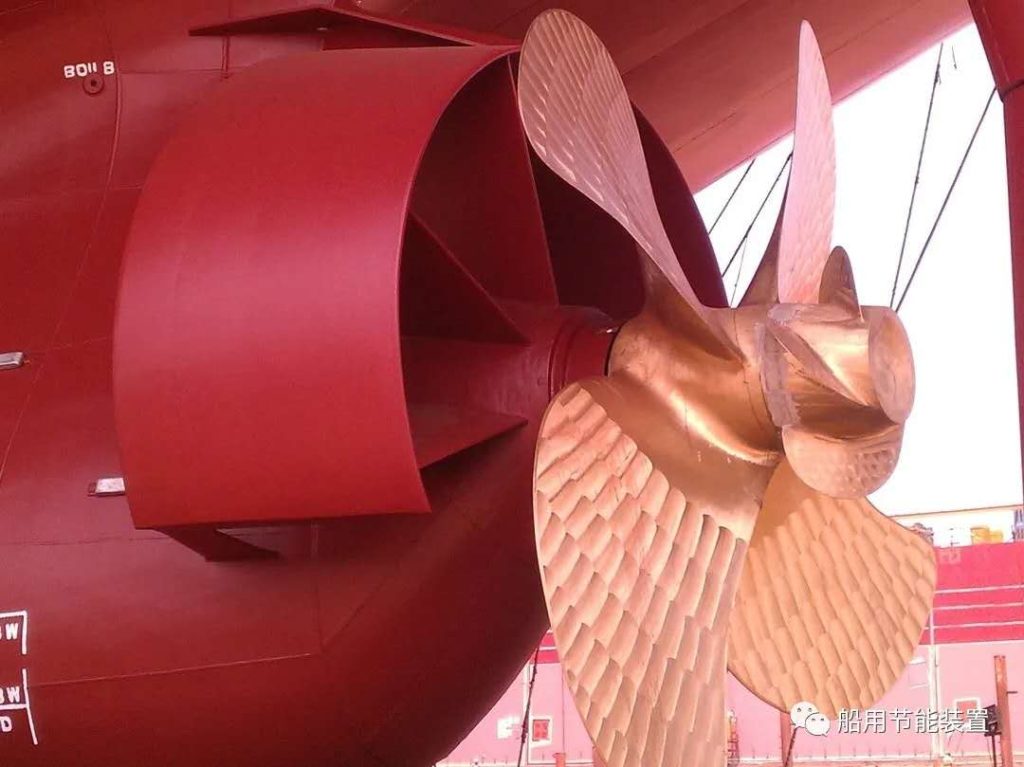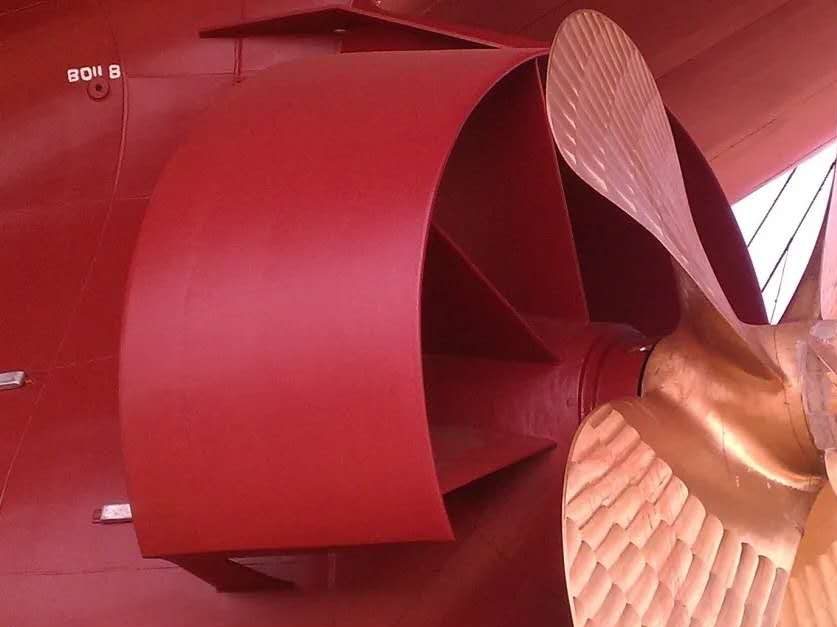carbon-service
Decarbonlizaiton
EU ETS Services Compliance Account Opening Service Carbon Tax Trading

Carbon Trading
Familiar with trading rules. Cooperate with institutions athome and abroad.
EU-ETS allowance trading and escrow
Provide EU-ETS carbon allowance trading and custody services.
Entrusted transactions
Accepting commission from clients and trading on their behalf.

Preparation and automatic monitoring of ship energy efficiency management plan
Automated Monitoring Of Ship Energy Efficiency Data
Detection of the ship’s navigation status, energy consumption status, and automatic data collection. Provide decision-making suggestions after analyzing and evaluating.
Marine Fuel Management System (MRV)
Regularly sends electronic logbook, automatically generates fuel ROB reports, exports fuel consumption data and exhaust emission data reports.
Carbon Dioxide Flowmeter
Accurately measure carbon emissions, build emissions databases, and communicate with other systems to assist in low carbon control.
Cll Rating Enhancement
| No. | Description | Need/Unecessary Modified ship |
| 1 | Hydrogon Fuel | Need |
| 2 | Ammonia | Need |
| 3 | Methanol | Need |
| 4 | LNG/LPG | Need |
| 5 | Biofuels | Unecessary |
Fuel and energy
Hydrogen fuels, ammonia fuels, methanol, etc., do not produce carbon dioxide when reacted. Methanol is obtained from a wider range of sources, with liquefied natural gas (LNG) being the most used. All of the above RFNBO are encouraged in the Fuel EU bill and a mandatory minimum percentage of RFNBO use will be cited in the future.
Machinery

Carbon capture technology
Reduce carbon dioxide emissions by separating carbondioxide from emission sources and directly utilizing orstoring it.
PWM technology
Energy-saving effect is remarkable, according to the actual needs of the ship, automatically adjust the speed of the motor, reduce energy consumption to achieve energy-saving effect.


Waste heat recovery
In the evaporator, the residual heat of the system (such as cooling water, steam, flue gas) heats the organic medium to convert it into steam. The hot steam then does work inside the expander, converting the mechanical energy into electrical energy through a generator.

PWM shaft generator
The principle is that electric energy produces magnetism,and the magnetic lines of the magnet are used to cut thecoil inside, thereby generating current and generatingelectricity.
Fuel cell
Low noise, low vibration, low maintenance costs. Efficiency is twice that of diesel generators. Power from 5kW to 400kW and beyond.

Hydrodynamic
The effect is remarkable at the same time, compared with the above measures, the cost is lower. Hydrodynamic measures are strongly recommended.

Air Lubrication
Through the precision-designed gas layer drag reduction system, an appropriate amount of gas is injected into the bottom of the hull to effectively isolate the bottom of the ship from the water, thus reducing the ship’s wet surface area and lowering the ship’s friction resistance.

Drag Reduction Paint
Applying a smooth coating to the surface of a ship reduces the resistance to water flow, increases ship speed and fuel efficiency, prevents marine organisms from adhering to the ship’s surface, and reduces the ship’s maintenance costs and environmental pollution.

Hub-Vortex Absorbed Fins (HVAF)
Installed behind the propeller with fins of a new type of cap, its structure is simple, light weight, easy to install, safe and practical, can effectively reduce the propeller hub vortex energy loss. Whether it is installed on new ships or old ships, it can harvest significant energy-saving effect of the screw.

Pre-Shrouded Vanes (PSV)
Installed in front of the propeller front-type hydrodynamic energy-saving devices, by the combination of guide vane and conduit; can improve the uniformity of the propeller inflow field, improve the efficiency of the hull, reduce the propeller wake rotational energy loss, energy saving effect is significant.

High Efficiency Propeller (HEP)
· Diameter, leaf numberdisk ratio optimization
· Trim and trim optimization
· Load distribution optimization
· Efficiency, bubble capacity, strength tradeoff design
· Profile optimization

Wind Energy Solutions
When sailing at sea, the ship can use the wind energy conversion device to convert wind energy into auxiliary thrust to reduce the fuel consumption of the main propulsion diesel engine, and realize the energy saving and emission reduction target of the ship.
